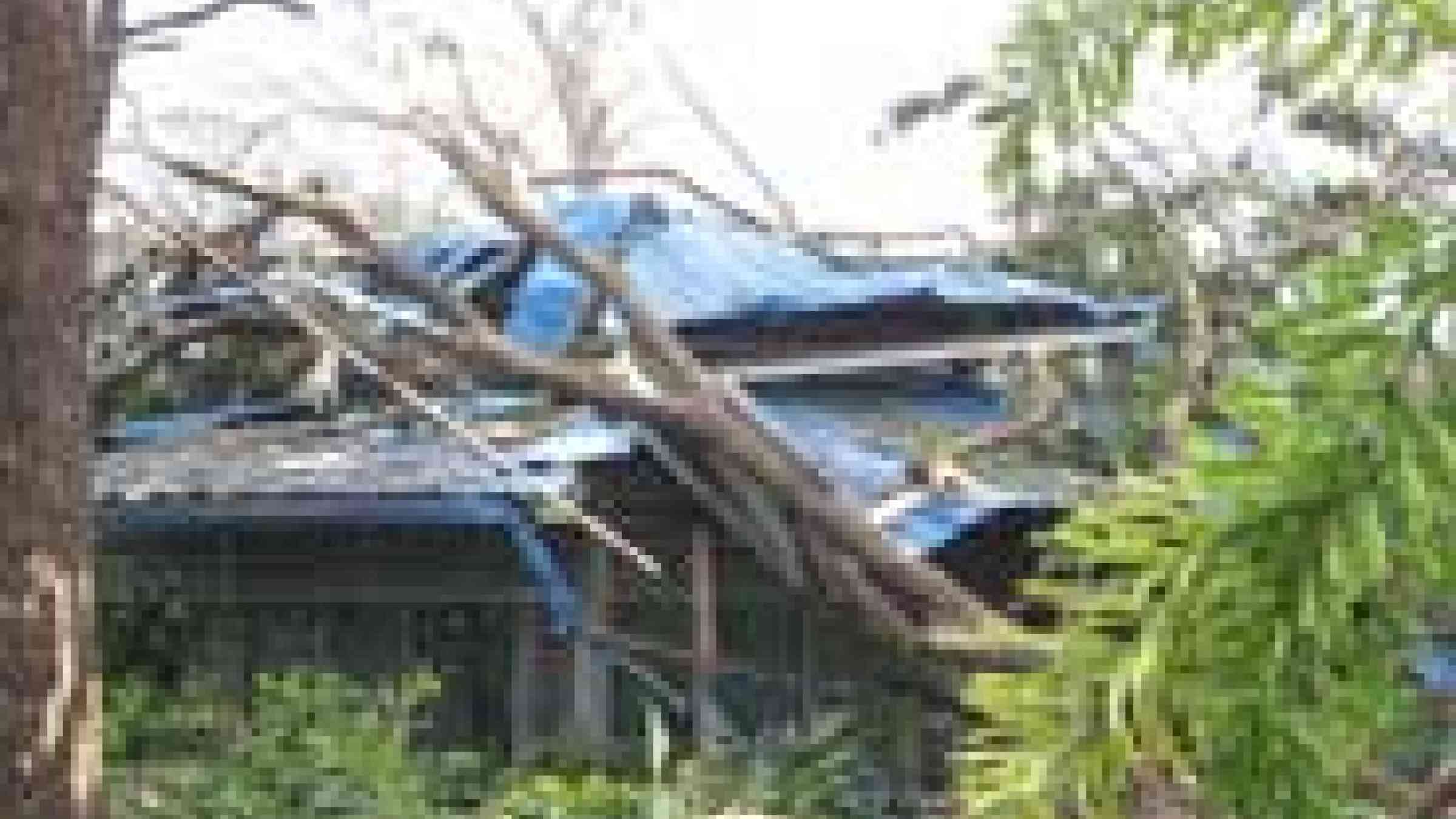Urgent support needed for storm-surge warning

At a press conference held jointly today with the UNESCO Intergovernmental Oceanographic Commission (UNESCO/IOC), the World Meteorological Organization (WMO) stresses the urgent need for improving coordinated storm-surge advisory systems in the Gulf of Bengal and other parts of the world that at are risk of tropical cyclones, Such systems should be accompanied by end-to-end response mechanisms for the protection of the people at grassroot level.
WMO said more resources for storm-surge prediction, better communication and public awareness of warnings, and disaster preparedness measures are needed to save lives.
Its findings are based on a field mission to Myanmar in the aftermath of Nargis. Information provided to the Organization by Mr Tun Lwin, Director-General of the Department of Meteorology and Hydrology (DMH) and Permanent Representative of Myanmar to the WMO, also makes these points (see link below).
The WMO field mission team visited Myanmar from 15 to 18 May 2008. Several meetings were held with the Director-General, Deputy Director-General and senior staff of the DMH, national authorities and representatives of international organizations in the country, to assess the timeliness and usefulness of products and information provided by DMH. The WMO team met with senior officials of the UNDP, FAO and the Japan International Cooperation Agency to seek their support for an assistance programme for DMH.
The WMO team confirmed that a major factor in the tragedy in Myanmar was a storm-surge of over 3 metres and heavy precipitation. The DMH had issued timely and accurate alerts and warnings about Nargis from 27 April onwards (see also press release WMO 814) and was commended for this by national authorities and international organizations in the country. The WMO Global Telecommunication System in Yangon was upgraded in January 2008 under cooperation with the WMO and had played a vital role in accessing the meteorological data that are essential for the preparation of warnings.
Mr Dieter Schiessl, Director, Weather and Disaster Risk Reduction Services Department, WMO, said that WMO would give technical advice for disaster risk reduction, such as risk assessment and risk mapping to help reduce the vulnerability of the people in the Irrawaddy River delta.
The country’s operational meteorological infrastructure need to be restored and the provision of meteorological information and services enhanced. The total cost is estimated at US$ 5-10 million. Among other things, damaged hydro-meteorological equipment and instruments have to be repaired and an upper-air observing system and a radar installed. A data processing and forecasting system including numerical storm-surge prediction and storm-induced flood forecasting has to be strenghtened. Back-up electric power supply is required for ensuring minimum operational services under all circumstances. Staff needs to be trained, and public weather services enhanced for sharing weather information and warnings that are clear to, and understandable, by all.
Mr Peter Koltermann. Head of the UNESCO/IOC Tsunami Unit.explained that the operations for storm-surge prediction and warnings are coordinated through the Joint WMO/IOC, Technical Commission for Oceanography and Marine Meteorology (JCOMM) that is an example of the long standing cooperation among both organizations. The JCOMM Guide to Storm-Surge Forecasting is being finalized by the Commission and will contribute to the enhancement of storm-surge forecasting capability, at the regional and national level.
Mechanisms such as the Tsunami Warning System set up by UNESCO’s Intergovernmental Oceanographic Commission (IOC), in which Myanmar participates, could be useful in preventing and mitigating the impact of such phenomena. Of course, the two phenomena are quite distinct: tsunamis are mainly caused by submarine earthquakes and storm-surges by weather phenomena. But they have aspects in common.
According to Mr Koltermann, advantage could be taken of acquired experience in raising awareness among a maximum number of people to prepare local populations through education and training, or in setting up structures that could remain out of the reach of flooding in estuaries.